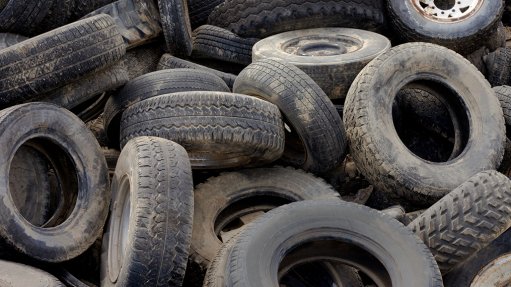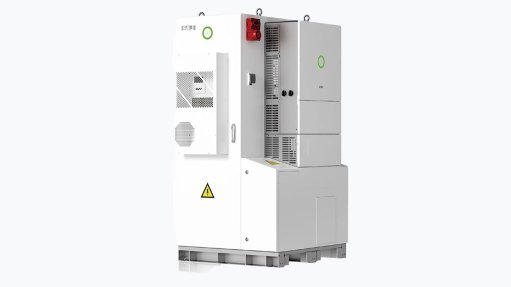Tumble in storage battery costs to boost shift to renewables, says IEA
An expected sharp fall in battery costs for energy storage in coming years will accelerate the shift to renewable energy from fossil fuels, the International Energy Agency (IEA) said on Thursday.
While renewable energy by itself is already much cheaper than coal and gas-fired plants, weather can interrupt solar and wind power and must be paired with energy storage systems to provide reliable sources of energy.
The total capital costs of battery storage are due to tumble by up to 40% by 2030, the Paris-based watchdog said in its Batteries and Secure Energy Transitions report.
"The combination of solar PV (photovoltaic) and batteries is today competitive with new coal plants in India," said IEA executive director Fatih Birol.
"And just in the next few years, it will be cheaper than new coal in China and gas-fired power in the United States. Batteries are changing the game before our eyes."
About 90% of lithium ion batteries are used in the transport sector, which focuses on dense and light units. There is more scope for cutting costs in energy storage batteries, which can be larger and heavier.
Cheaper lithium iron phosphate (LFP) batteries accounted for 80% of new storage batteries last year, the IEA said.
Cheaper sodium-ion batteries will account for less than 10% of electric vehicle batteries by 2030, but they will make up a growing share of energy storage batteries, it added.
The global market for energy storage doubled last year to over 90 GWh, the report said.
Overall global energy storage capacity is due to soar six-fold by 2030, with batteries accounting for 90% of the rise and pumped hydropower for most of the rest.
Pumped hydropower is a system that involves pumping water to a higher reservoir during off peak times to generate electricity at peak times.
The slide in battery costs will also help provide electricity to millions of people without access, cutting by nearly half the average electricity costs of mini-grids with solar PV coupled with batteries by 2030, the IEA said.
Article Enquiry
Email Article
Save Article
Feedback
To advertise email advertising@creamermedia.co.za or click here
Comments
Press Office
Announcements
What's On
Subscribe to improve your user experience...
Option 1 (equivalent of R125 a month):
Receive a weekly copy of Creamer Media's Engineering News & Mining Weekly magazine
(print copy for those in South Africa and e-magazine for those outside of South Africa)
Receive daily email newsletters
Access to full search results
Access archive of magazine back copies
Access to Projects in Progress
Access to ONE Research Report of your choice in PDF format
Option 2 (equivalent of R375 a month):
All benefits from Option 1
PLUS
Access to Creamer Media's Research Channel Africa for ALL Research Reports, in PDF format, on various industrial and mining sectors
including Electricity; Water; Energy Transition; Hydrogen; Roads, Rail and Ports; Coal; Gold; Platinum; Battery Metals; etc.
Already a subscriber?
Forgotten your password?
Receive weekly copy of Creamer Media's Engineering News & Mining Weekly magazine (print copy for those in South Africa and e-magazine for those outside of South Africa)
➕
Recieve daily email newsletters
➕
Access to full search results
➕
Access archive of magazine back copies
➕
Access to Projects in Progress
➕
Access to ONE Research Report of your choice in PDF format
RESEARCH CHANNEL AFRICA
R4500 (equivalent of R375 a month)
SUBSCRIBEAll benefits from Option 1
➕
Access to Creamer Media's Research Channel Africa for ALL Research Reports on various industrial and mining sectors, in PDF format, including on:
Electricity
➕
Water
➕
Energy Transition
➕
Hydrogen
➕
Roads, Rail and Ports
➕
Coal
➕
Gold
➕
Platinum
➕
Battery Metals
➕
etc.
Receive all benefits from Option 1 or Option 2 delivered to numerous people at your company
➕
Multiple User names and Passwords for simultaneous log-ins
➕
Intranet integration access to all in your organisation





















